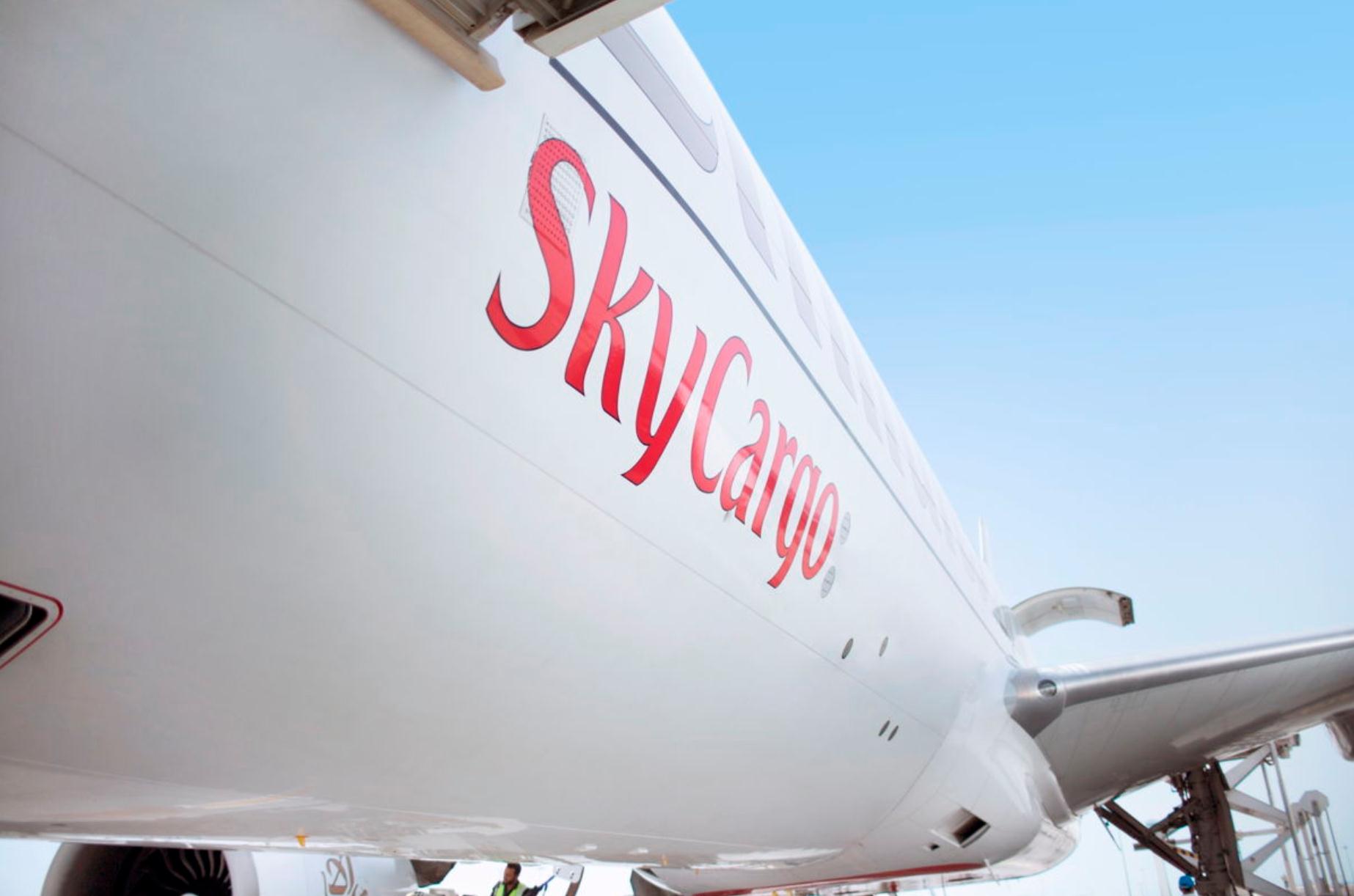As the peak season kicks in, forwarders are casting nervous glances at the major US gateways. The surge in traffic of the 2017 peak season overwhelmed some large US hubs, leading to bottlenecks and delays, and forwarders fear a repeat of the experience, although they feel better prepared this year, having impressed on their clients the need to give them forecasts of their traffic needs.
“On-airport capacity is tight,” confirmed a senior executive of a large handling firm that operates at multiple US airports.
The sense of foreboding stems from a perceived inaction on the airport side. One forwarder said that hardly any steps have been taken to ramp up existing cargo facilities, let alone to build new cargo terminals. The fact that a considerable number of air freight buildings have been around for 20 years or more is adding to the worries, as these are usually ill-equipped to deal with the requirements associated with fast-moving, small shipments; both in terms of internal setup and truck docks.
The handling executive remarked that airports are studying capacity development scenarios, but seem to be in no hurry to make decisions and draw up plans and construction timetables. He suspects that in many cases cargo is overlooked as growth in passenger numbers is prompting calls for investment in facilities on that side.

Some large gateways are addressing the issue. New York’s JFK airport is planning a 346,000-sq-ft cargo terminal, which is expected to open in the fourth quarter of 2020. Just outside the airport a developer has announced plans for a 300,000-sq-ft warehouse billed as “the first vertical air cargo development on the East Coast.”
Atlanta’s Hartsfield Jackson International airport aims to have a 100,000-sq-ft cargo building ready by the fourth quarter of 2019.
“Technically we’re full,” said Elliott Paige, director of air service development. “In peak season we tend to have space challenges.”
For now, he is looking to process improvement to cope with higher volumes. “We try to move cargo faster. Some handlers are in the process of automating,” he said.
Atlanta’s throughput grew 6.65% last year to reach 691,268 tonnes. In the first eight months of this year it was up almost 2.9%.
Beyond a general increase in cargo capacity, Paige is looking to beef up the airport’s cold chain capacity, as pharmaceuticals and healthcare traffic is one of the major flows through Atlanta, and one he is eager to develop further.
Other airports are also looking to establish themselves as gateways for particular types of cargo traffic. Rickenbacker, the all-cargo airport of Columbus, Ohio, spent US$423,000 this year on a refurbishment of its animal transport facility. It installed 12 new animal stalls and renovated the on-site office of the US Department of Agriculture. It also obtained status as a certified export inspection facility and a permanent port of embarkation for livestock, one of fewer than 50 such facilities in the US.
Meanwhile, Rickenbacker has been going from strength to strength in general cargo traffic. Last year its throughput climbed 27%, propelled by growing international volumes. This year China Airlines and AirBridgeCargo joined the list of international all-cargo operators that serve the airport, while two incumbents – Emirates and Cargolux – stepped up their frequencies. These steps have brought the airport’s tally to nearly 20 scheduled international flights a week, in addition to dozens of domestic flights by FedEx and UPS.
Live lobster, flanked by other seafood exports, has drawn international freighter operations to Halifax Stanfield International Airport. Korean Air and Suparna, which operate regular freighter charters to the Canadian airport, have been joined by SkyLease Cargo with a twice-weekly Boeing 747-400F operation to Changsha. DHL dipped a toe into the perishables business in Canada and routes some of its round-the-world freighter flights through Halifax to fill up with seafood bound for Asia.
The airport’s cargo volume advanced 2.2% in 2017, but its seafood exports to China surged 63%. This momentum has accelerated and received a further boost from the trade conflict between China and the US, which saw China impose an additional 25% tariff on US lobster, bringing the cumulative total tariff to 40%.
The China-US stand-off has also contributed to increased charter activity out of Edmonton this summer to carry Canadian cherries to China. In addition, Edmonton International Airport is looking to increased pork and beef exports to China.
Like its counterpart in Atlanta, the airport authority in Edmonton is also looking to healthcare traffic to raise its cargo profile, encouraged by growth of pharmaceuticals research and production activities on its doorstep. It is looking to obtain CEIV certification to burnish its credentials in this segment.
By Ian Putzger
Air Freight Correspondent | Toronto




